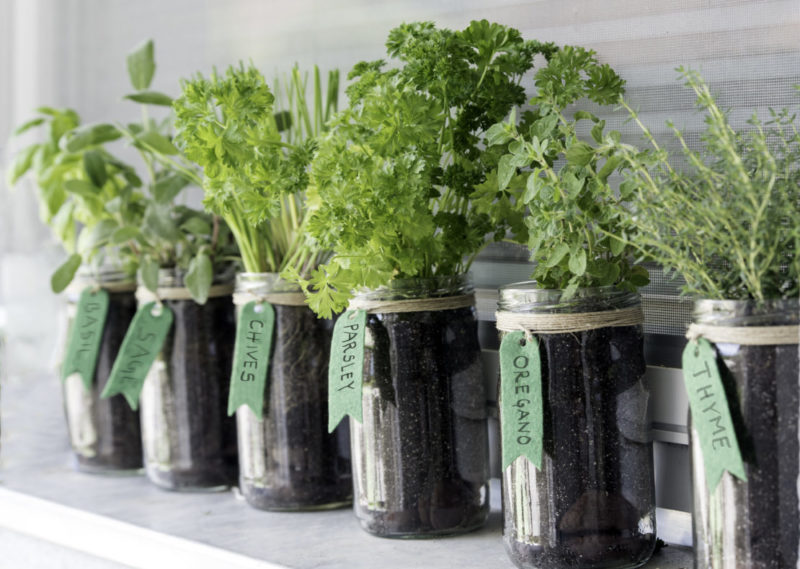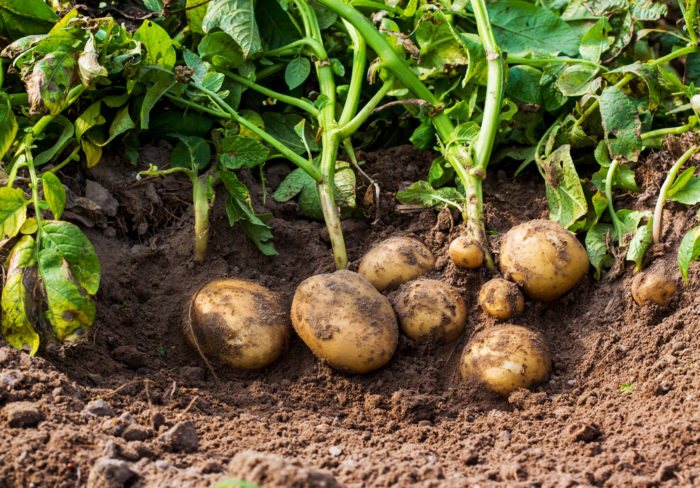Successfully learning how to grow sweetcorn in your garden is a fantastic achievement, and one that will reward you with stunning, architectural foliage as well as delicious golden ears to enjoy at the dinner table.
Sweetcorn is usually associated with hot climates, where long, scorching summers are expected. However, there are several cultivars that can be successfully grown in the cooler conditions we have over here in the UK.
Be aware that there are different types of corn – not just sweet corn – including dent corn, pod corn, popcorn, flour corn and flint corn. Most types need to be processed before they can be eaten, for example, being ground down into corn flour. Growing an unusual cultivar, like the popular Glass Gem Corn, can add excitement to your garden, but if you want a crop that you can harvest, cook and enjoy quickly, make sure it’s a sweet corn.
Growing Sweetcorn: Where to Begin?
Like lots of other vegetables, sweetcorn comes in a surprising number of varieties – many of which will fare well in the UK. Popular choices are the supersweet cobs of Goldcrest corn, or the attractive, uniform-looking ears of the Conqueror type (but there are lots more to choose from).
Sweetcorn will need to be grown in a sunny and sheltered part of your garden, in rich and fertile soil. Prepare the ground before sowing (or before moving indoor plants outside), by mixing in plenty of compost and general-purpose fertiliser. You can also take steps to condition your soil long-term.
Sow in: April, May, June
Plant out in: June
Harvest in: July, August, September, October
Sowing sweetcorn indoors
Given that even the most robust sweetcorn varieties need relatively warm temperatures to thrive, starting your crops off indoors is a good idea. Grow your sweetcorn seedlings in deep pots, sowing each seed 2-3cm beneath the soil. Keep the seeds between 18-21°C while they germinate, until they’re ready to be moved outdoors.
If you want multiple yields of corn, you can sow a batch of early-season corn, a batch of mid-season corn and a batch of late-season corn at the same time, or plant several batches of early-season corn 2-3 weeks apart.
Sowing sweetcorn outside

If you wait until the weather begins to improve and the soil is consistently above 10°C, you can sow corn outside – either in pots or straight into the ground. Comparing how to grow sweetcorn with other crops, the most important thing to remember is that corn is pollinated by wind (not insects), and so it needs to be grown in blocks (not rows), for the best chance of success.
Sow your corn seeds about 45cm apart from one another, in a square or circular formation. You can sow two or three seeds in each spot and, if multiple shoots appear, thin them out so just the strongest one remains.
Growing sweetcorn

When the temperature is warm enough for your seedlings to move outside, choose a spot that’s sheltered and sunny. Strong winds can easily uproot your corn, so keep them protected and provide them with rich soil to root through. You may need to stake plants that are unusually tall or are struggling with wind.
Talking of which, corn generally has a very shallow root structure. This means that mulching is very beneficial, both for locking-in moisture and nutrients at the surface, but also for keeping weeds out of the way. Be careful about hoeing or digging around your plants, and cover any roots that appear through the surface.
Poor pollination can cause disappointment when you’re first learning how to grow corn. To help your plants along, look out for the male flowers appearing at the tip of the corn stalk. When they open, you can tap the top of the plant to help the pollen disperse across the lower, female flowers.
Finally, keep your corn well-watered, particularly when they’re flowering and during dry spells.
Water well in dry weather, especially when plants are flowering.
Harvesting sweetcorn

When your sweetcorn is ripe, the tassels at the top will turn a deep brown. To check, you can pull back the very top of the husk and use a fingernail (or other narrow object) to burst a kernel. A creamy liquid will ooze out when the cob is ready – if the consistency is watery, the cob needs more time, and if it’s more like a thick paste, your cob is over-ripe.
Sweetcorn loses flavour quickly, so it’s best to harvest it as close as possible to when you plan to eat it. To remove a ripe cob, twist it and snap it away from the stem.
Common Problems when Growing Sweetcorn

- Poor pollination is going to be the main concern with your corn crop, although by the time it’s noticeable, it’s too late to do much about. Poorly pollinated cobs will have irregular kernel patterns, gaps between kernels or even no kernels at all. Growing a block of corn together should minimise this, and the process of knocking pollen from the flowers (described above) can help too.
- Slugs and snails will feast on your corn seedlings, as they will almost any other young, tender crop. If you don’t want to (or can’t) grow your sweetcorn seedlings indoors, try using other natural ways to control slugs and snails.
- Birds can be a significant challenge when you’re growing corn, as they target the buds and fruits of the plant, as well as damaging seedlings and leaves. Cover young plants with a fleece or mesh to protect them, and look into bird-scaring devices as the plants get bigger. If you’re serious about your corn yield, hold-off on any bird-friendly garden features!
- Mice and voles will eat corn seeds, so if you know they’re common in your area, you’ll want to take defensive measures. Covering the plants is one option, although it’s not always that effective – traps are, unfortunately, more successful.
There can be a bit of trial and error as you first learn how to grow sweetcorn in the UK, but don’t be disheartened if your first few cobs need improvement. With BBQ season well on its way, a bit of work now will mean that it won’t be long before you can be grilling your own delicious crops for a super satisfying dinner.

Save this pin for later








